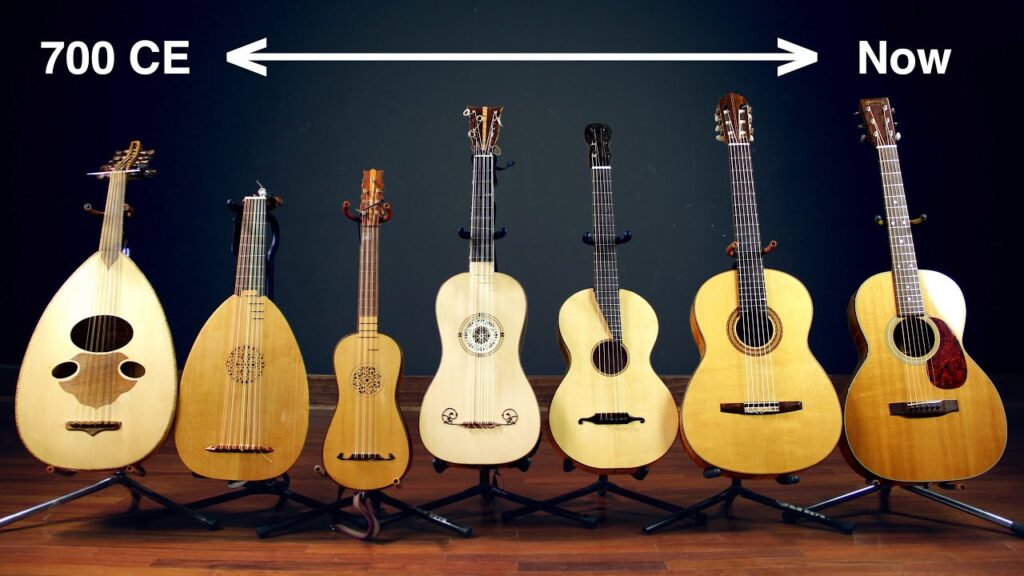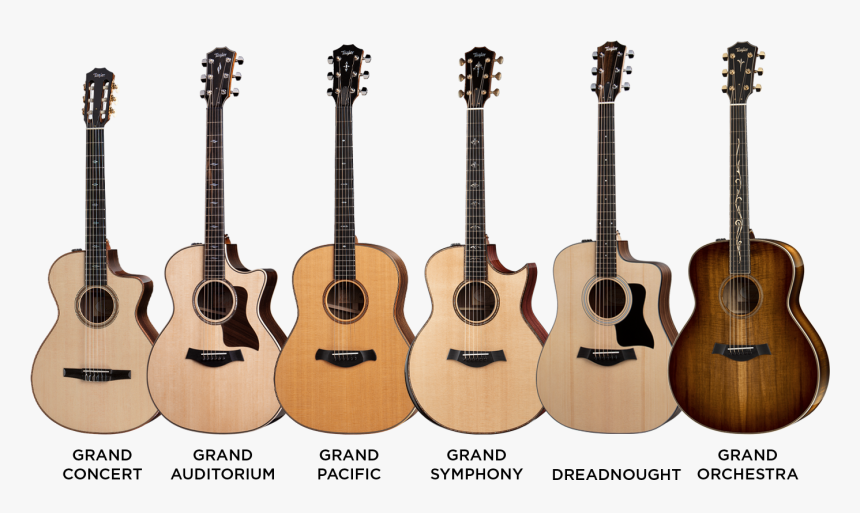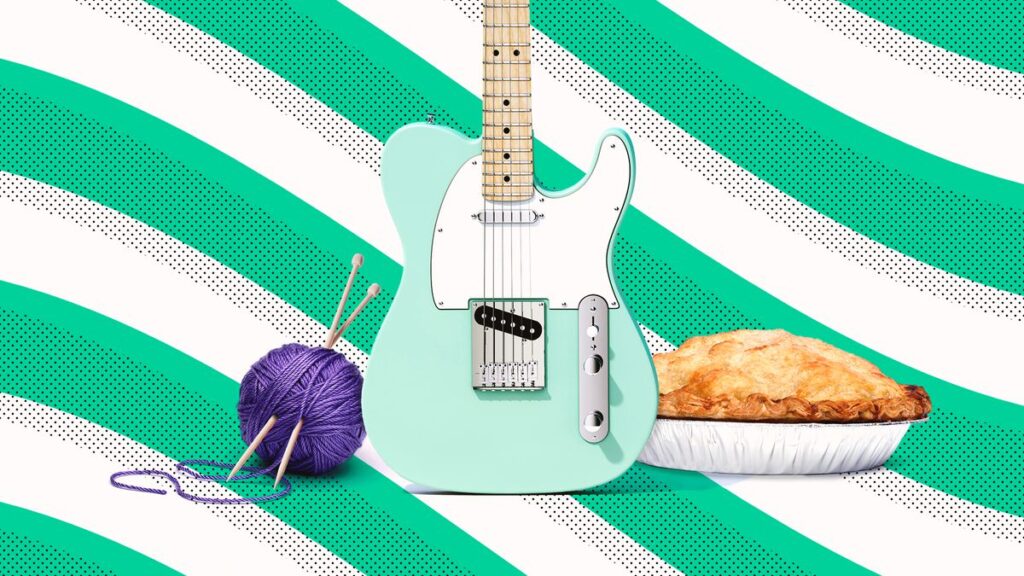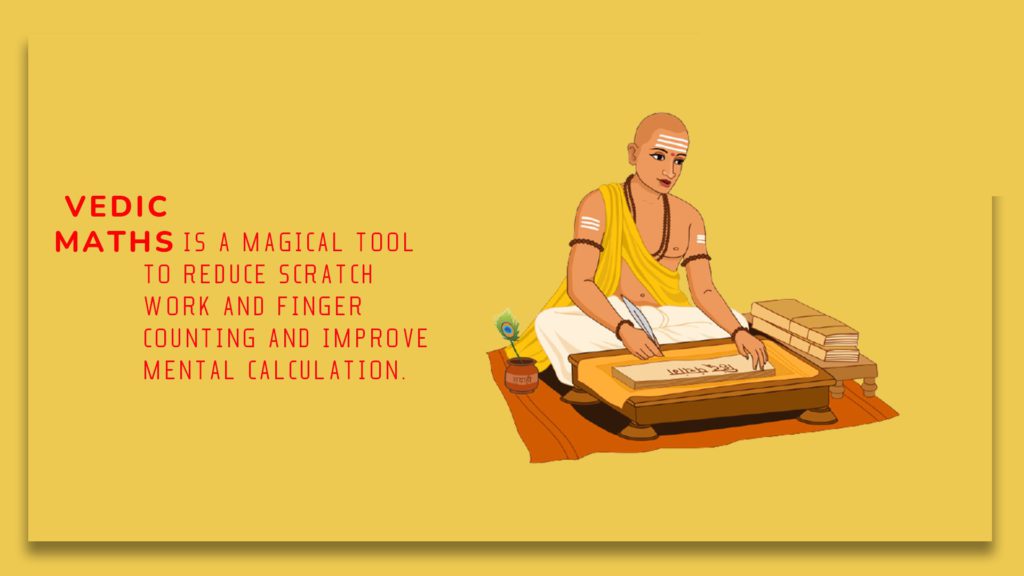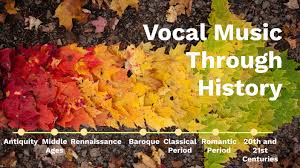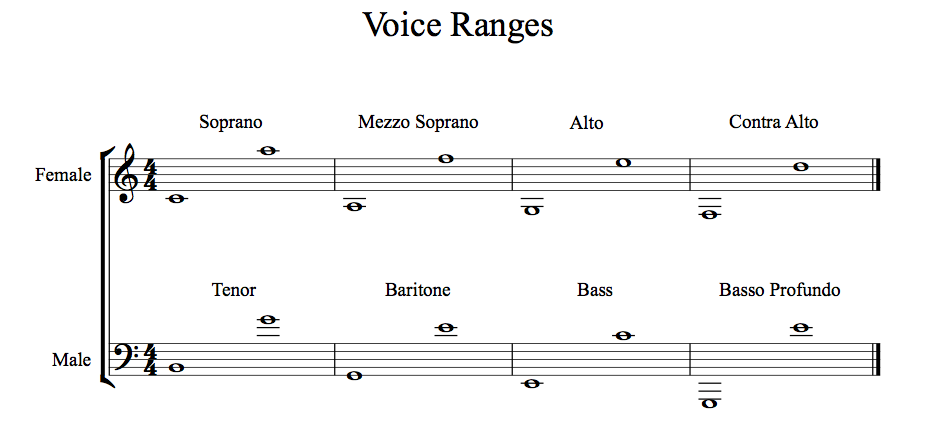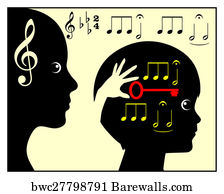In a world where personal growth and mental well-being are becoming priorities, finding time to pursue hobbies can significantly enhance our quality of life. Whether you aim to develop artistic skills, promote emotional well-being, or engage in self-care, WizHob offers online hobby classes designed for every interest. With certified experts and flexible schedules, WizHob creates an accessible platform for people of all ages to discover new passions.
Discover a Variety of Engaging Online Hobby Courses
WizHob provides a wide range of hobby courses across multiple categories, including art, psychology, music, nutrition, and personal development. Whether you’re looking for a creative outlet or wish to dive into self-improvement, here’s an overview of some exciting courses:
- Artful Healing: Exploring Therapeutic Art Techniques – Discover how art can help promote mental well-being through self-expression.
- Emotional Equilibrium: Balancing Mental Health with Mindful Practices – Learn techniques for achieving inner balance and emotional stability.
- Healthy Aging: Importance of Nutrition – A course focused on dietary habits for promoting long-term health.
- Virtual Art Workshop – Join a collaborative, online space to learn painting techniques from professionals.
- Laughter and Memories for Seniors – This unique course encourages seniors to engage in storytelling and joyful activities.
The Benefits of Learning Hobbies Online with WizHob
Choosing WizHob’s platform for your hobby courses comes with several advantages:
- Flexible Learning: Enjoy online classes at any time that suits your schedule. Classes are available 24/7, allowing you to learn without constraints.
- Certified Experts: Each course is led by hobby experts who undergo a rigorous screening process to ensure high-quality teaching.
- Community Engagement: Join a community of learners who share your interests. Engage in online video seminars, group chats, and live meetings with peers and instructors.
- Wide Range of Options: With over 30+ hobbies in 6 categories, you’re guaranteed to find a course that sparks your interest.
Tips for Getting the Most Out of Online Hobby Classes
Starting an online hobby course is exciting, but to maximize your experience, consider the following:
- Set a Learning Goal: Define what you want to achieve, whether it’s mastering a craft or improving your well-being.
- Participate Actively: Join discussions, attend live webinars, and engage in community activities to enhance your learning.
- Practice Consistently: Like any skill, hobbies require practice. Dedicate time regularly to reinforce what you learn.
- Explore Multiple Courses: Don’t limit yourself—try different courses like nutrition or personal development to broaden your horizons.
Popular Hobby Categories at WizHob
- Craft and Art: Courses like Virtual Art Workshops help learners explore painting techniques and artistic expression.
- Psychology and Well-being: With courses such as Unlocking Your Intuitive Potential, participants can develop emotional intelligence.
- Nutrition and Health: Understand the principles of well-being with Skincare Essentials to nurture your skin and body.
- Social Media and Digital Creation: Explore modern interests like Mastering Social Media and Digital Creation.
Conclusion
WizHob offers an incredible opportunity to enrich your life by exploring new hobbies or perfecting existing ones. With online hobby courses designed for convenience, quality, and community engagement, you can pursue your passion without limitations. Whether you’re looking to learn hobbies online, connect with others, or boost your personal well-being, WizHob provides a platform that meets your needs. Begin your journey with WizHob today and discover how hobbies can positively impact your life.







